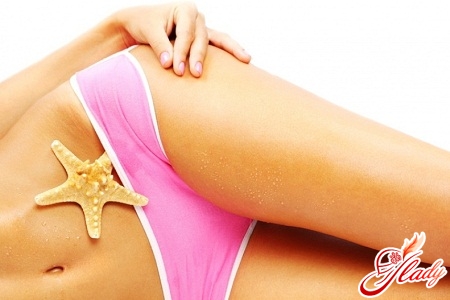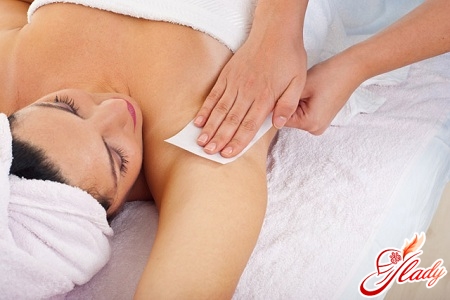 Each of us has faced a problem at least onceingrown hairs or witnessed this phenomenon. A little redness on the skin turned into big troubles and discomfort. So what is the reason for hair growing into the skin, how to deal with it and can it be avoided? Let's figure it out. Most often, ingrown hairs appear after epilation. More precisely, as a result of unskilled handling of a razor or epilator. Therefore, first of all, you need to learn how to properly remove body hair. We will teach you how to do this now.
Each of us has faced a problem at least onceingrown hairs or witnessed this phenomenon. A little redness on the skin turned into big troubles and discomfort. So what is the reason for hair growing into the skin, how to deal with it and can it be avoided? Let's figure it out. Most often, ingrown hairs appear after epilation. More precisely, as a result of unskilled handling of a razor or epilator. Therefore, first of all, you need to learn how to properly remove body hair. We will teach you how to do this now.
Proper epilation: subtleties and nuances
So, you've decided to get hair removal.Don't rush to get your razor in the drawer. First of all, take a shower. Or better yet, a hot bath. Then your hair will become softer and more manageable. It's up to you to decide which method of hair removal to choose. But in both cases, the skin should be prepared and degreased. In addition, cosmetologists recommend lifting the hairs as much as possible above the surface of the body before starting the procedure. A regular scrub will help achieve this. Use an exfoliating agent every time before epilation, and ingrown hairs will not be a problem for you. Just don't rub the agent into the skin too hard, as this will cause additional irritation on the body. After you have prepared the skin, you can start epilation. Many people still remove excess hair with a regular razor. If you are one of them, we hasten to give you a couple of tips:

Ingrown hairs after epilation: how to get rid of them
Many people learn how to do hair removal correctlyonly after you have encountered the problem of ingrown hairs. But simply learning the rules is not enough. First, you need to eliminate the consequences of improper removal of excess hair. And what is even more important - do it as competently as possible. After all, we are dealing with an inflamed area of the skin, and any rough intervention will provoke an even greater inflammatory process. Therefore, here it is worth warning all women against two common mistakes that they make in the independent fight against ingrown hairs. Firstly, refuse epilation during treatment. In pursuit of beauty, you risk damaging your skin even more. Secondly, do not listen to "well-wishers" who advise removing ingrown hairs with tweezers or (even worse) a needle. Even if all the tools (let's call them that) are alcohol-soaked and do not introduce an infection, such intervention is still unacceptable. You do not squeeze acne, do you? So why do ingrown hairs seem less serious to you? To make our request sound more convincing, let's use statistics as an example. Thousands of women seek medical help after trying to pull out hair on their own. This caused the inflammation to develop into a more serious disease and required real surgical intervention. So don't turn into home-grown Doctor Aibolit. Try to solve the problem in a less drastic way. Now that all the warnings have been given out, let's learn how to remove ingrown hairs after epilation:
Finally, I would like to advise all womenbe more attentive to your own health. Make sure that ingrown hairs do not appear, and if this does happen, change the method of hair removal. Temporarily switch to a regular razor or depilatory cream. Do not wear tight clothes that interfere with normal blood circulation in damaged areas. Remember that health is more important than beauty. Take care of yourself! We recommend reading:









